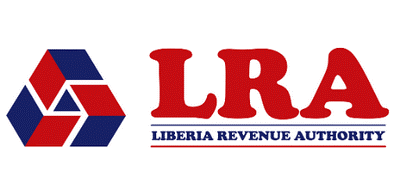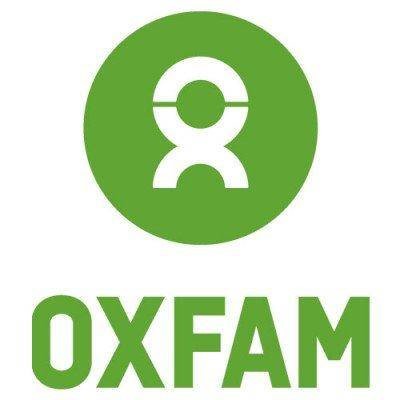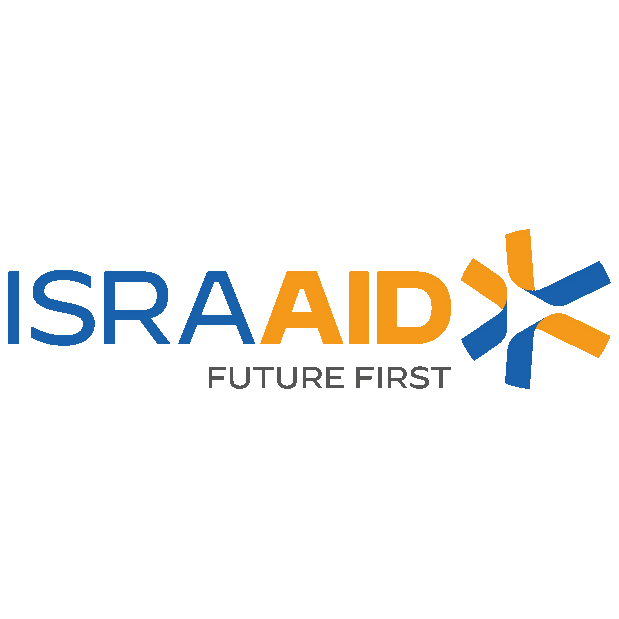International Financial Reporting Standards (IFRS) 9 for Central Banks Training Course
INTRODUCTION
The implementation of International Financial Reporting Standards (IFRS) 9 is critical for central banks, as it addresses financial instruments, including classification, measurement, impairment, and hedge accounting. For central banks, which deal with complex financial assets and liabilities, compliance with IFRS 9 ensures transparency, enhances risk management, and aligns accounting practices with international standards.
This IFRS 9 for Central Banks training course provides participants with an in-depth understanding of the key components of IFRS 9 and its impact on central bank operations. The course focuses on the unique challenges central banks face in adopting IFRS 9, covering the classification and measurement of financial instruments, expected credit loss (ECL) models, and the regulatory and reporting requirements central banks must meet.
DURATION
5 days
COURSE OBJECTIVES
By the end of the course, participants will be able to:
- Understand the key provisions of IFRS 9, including the classification and measurement of financial instruments.
- Implement IFRS 9 standards specific to central banks, with a focus on financial instruments held by central banks, such as government bonds, foreign exchange reserves, and loans.
- Apply the Expected Credit Loss (ECL) model in assessing impairment for central bank financial assets.
- Develop a framework for hedge accounting, including how to manage and report risks associated with currency fluctuations and interest rate changes.
- Ensure compliance with IFRS 9 reporting requirements, focusing on how central banks can manage regulatory obligations while ensuring financial transparency.
- Align financial reporting practices with international standards, enhancing credibility and trust in the central bank’s financial statements.
- Improve risk management by integrating IFRS 9 standards into the central bank’s financial strategy.
- Understand the transition from IAS 39 to IFRS 9 and how it affects central banks’ financial operations and reporting.
- Analyze case studies of IFRS 9 adoption in central banks to understand best practices and challenges.
COURSE CONTENT
Module 1: Introduction to IFRS 9
- Overview of IFRS 9 and its Importance for Central Banks
- Key Differences Between IFRS 9 and IAS 39
- Objectives of IFRS 9: Classification, Measurement, Impairment, and Hedge Accounting
- IFRS 9 in the Context of Central Banks’ Unique Role
- Case Study: Transition to IFRS 9 in a Major Central Bank
Module 2: Classification and Measurement of Financial Instruments
- IFRS 9 Requirements for Classifying Financial Assets and Liabilities
- The Three Measurement Categories: Amortized Cost, Fair Value Through Other Comprehensive Income (FVOCI), and Fair Value Through Profit or Loss (FVTPL)
- Impact of IFRS 9 on Central Bank Assets: Government Securities, Loans, and Derivatives
- Case Study: Classifying and Measuring Financial Instruments in Central Banks
Module 3: Expected Credit Loss (ECL) Model
- Introduction to the Expected Credit Loss Model under IFRS 9
- Applying the ECL Model to Central Bank Assets
- Three Stages of ECL Assessment: 12-month ECL, Lifetime ECL for Significant Credit Deterioration, and Lifetime ECL for Defaulted Assets
- Practical Examples of ECL Calculation in Central Banks
- Case Study: ECL Application in a Central Bank’s Foreign Exchange Reserve Portfolio
Module 4: Impairment and Provisions for Central Banks
- Recognizing Impairment Under IFRS 9: Key Principles
- How Central Banks Should Account for Impairment Losses
- Integrating Impairment Models with Risk Management and Asset Evaluation
- Understanding Provisions in the Context of Central Bank Operations
- Case Study: Central Bank Implementation of Impairment Models for Sovereign Debt
Module 5: Hedge Accounting and Risk Management
- Overview of Hedge Accounting under IFRS 9
- Aligning Hedge Accounting Practices with Central Bank Risk Management Strategies
- Managing Interest Rate Risk, Foreign Exchange Risk, and Inflation Risk through Hedge Accounting
- How to Account for Hedging Instruments: Forward Contracts, Currency Swaps, and Interest Rate Swaps
- Case Study: Central Bank Hedge Accounting for Foreign Exchange Reserves
Module 6: IFRS 9 Disclosures and Reporting Requirements
- IFRS 9 Disclosure Requirements for Financial Instruments
- Preparing Financial Statements under IFRS 9: Key Considerations for Central Banks
- Enhancing Transparency in Reporting Financial Risks
- Integrating IFRS 9 with Other Reporting Frameworks (IFRS 7, IFRS 13)
- Case Study: Best Practices in IFRS 9 Financial Reporting by Central Banks
Module 7: Transition from IAS 39 to IFRS 9
- Challenges in Transitioning from IAS 39 to IFRS 9 for Central Banks
- Managing the Reclassification of Financial Assets and Liabilities
- Understanding Transitional Adjustments in Financial Statements
- Lessons Learned from Early Adopters of IFRS 9 in Central Banks
- Case Study: Transition Strategy for Central Banks Moving to IFRS 9
Module 8: Impact of IFRS 9 on Central Bank Operations
- Strategic Implications of IFRS 9 on Central Bank Policies
- Adjusting Investment Strategies to Meet IFRS 9 Standards
- Managing the Impact of IFRS 9 on Capital Adequacy and Financial Stability
- Case Study: Operational Changes in a Central Bank Following IFRS 9 Implementation
Module 9: Integration of IFRS 9 with Risk Management Frameworks
- The Role of IFRS 9 in Enhancing Financial Risk Management for Central Banks
- Integrating IFRS 9 into Credit Risk, Liquidity Risk, and Market Risk Frameworks
- Case Study: Central Bank’s Risk Management Enhancements Post-IFRS 9 Adoption
CERTIFICATION
- Upon successful completion of this training, participants will be issued with Macskills Training and Development Institute Certificate
TRAINING VENUE
- Training will be held at Macskills Training Centre. We also tailor make the training upon request at different locations across the world.
AIRPORT PICK UP AND ACCOMMODATION
- Airport pick up and accommodation is arranged upon request
TERMS OF PAYMENT
- Payment should be made to Macskills Development Institute bank account before the start of the training and receipts sent to info@macskillsdevelopment.com
International Financial Reporting Standards (ifrs) 9 For Central Banks Training Course in Kenya
| Dates | Fees | Location | Action |
|---|---|---|---|
| 13/10/2025 - 17/10/2025 | $1,500 | Mombasa |
|
| 20/10/2025 - 24/10/2025 | $1,250 | Nairobi |
|
| 03/11/2025 - 07/11/2025 | $2,900 | Kigali |
|
| 17/11/2025 - 21/11/2025 | $1,500 | Mombasa |
|
| 24/11/2025 - 28/11/2025 | $1,250 | Nairobi |
|
| 24/11/2025 - 28/11/2025 | $1,250 | Nairobi |
|
| 01/12/2025 - 05/12/2025 | $4,000 | Johannesburg |
|
| 08/12/2025 - 12/12/2025 | $1,250 | Nairobi |
|





















